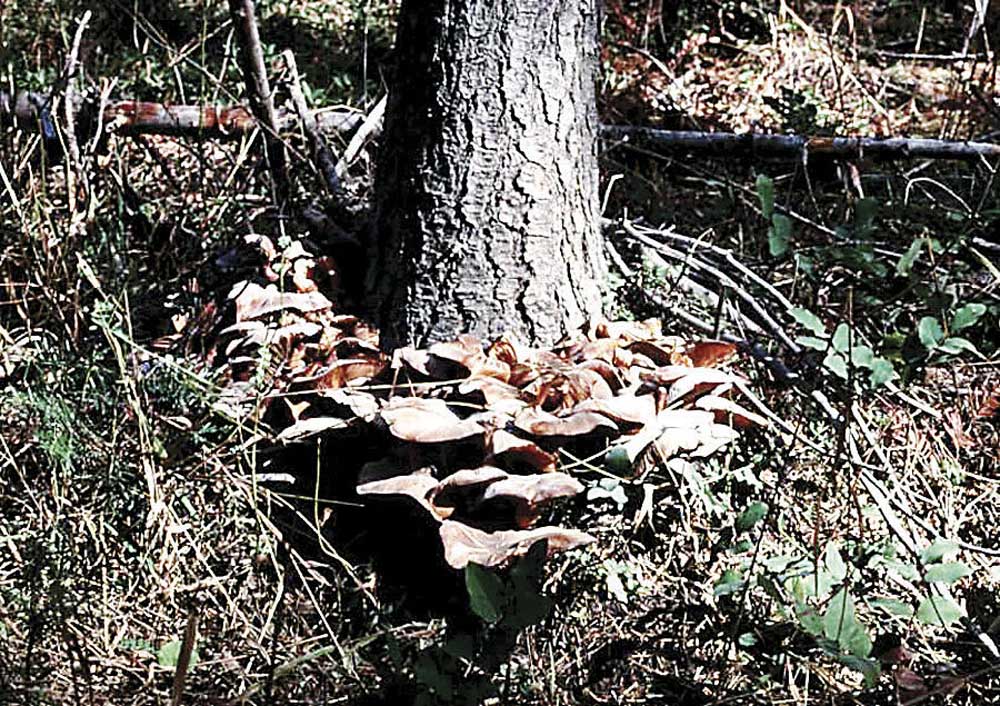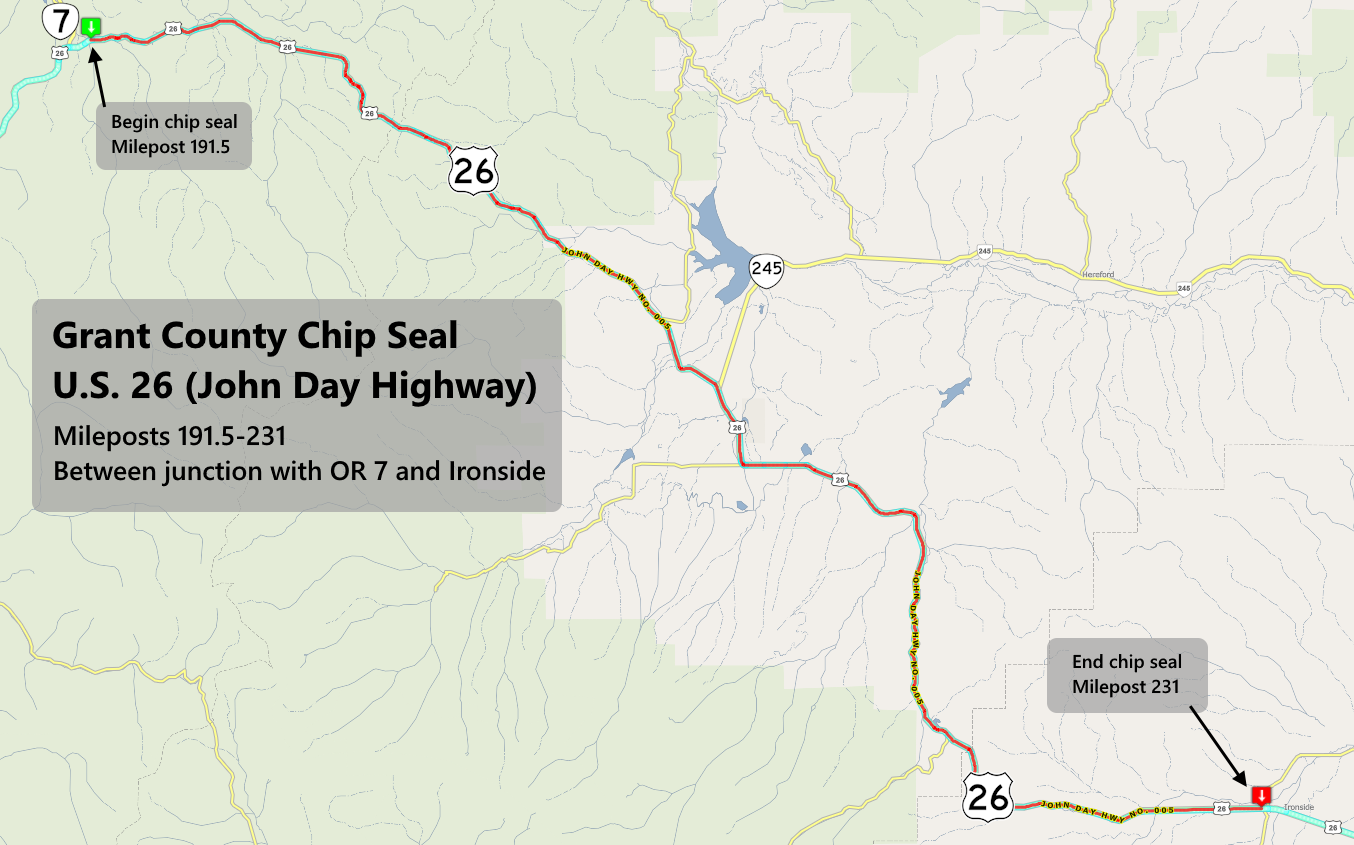Gross! Local fungus turns celebrity
Published 5:00 pm Wednesday, October 17, 2012

- <p>The most visible part of the "humongous fungus" is the growth of Armillaria ostoyae mushrooms, show here at the base of a live infected grand fir. Commonly called "honey mushrooms," they emerge after the first rains in the fall. The fungus exists in vast genets, or individual organisms, that feature networks of stringy tissues underground.</p>
JOHN DAY The Malheur National Forests humongous fungus is getting some press this week.
Just in time for Halloween, it made CNN.coms list of gross places.
The listing notes that the fungus resides far underground so while it fits the definition of gross as large, it may not seem gross in a creepy-looking way.
The article by Richard Faulk, author of Gross America, identifies the Malheur Forests cluster of Armillaria ostoyae, or honey mushroom, as one of his seven favorite gross phenomena.
The cluster is part of the worlds largest fungus, spanning 3.4 miles or 2,200 acres, of eastern Oregon forest land. Its not like the mushrooms that sprout in the compost bin or after a fall rain, however. This fungus grows underground in a network of roots called a rhizomorph.
The phenomenon was the subject of a research paper in 2008 by Craig Schmitt, forest pathologist, and Michael Tatum, forest silviculturalist.
Check out the details on CNN.com and the Malheur National Forest website.






